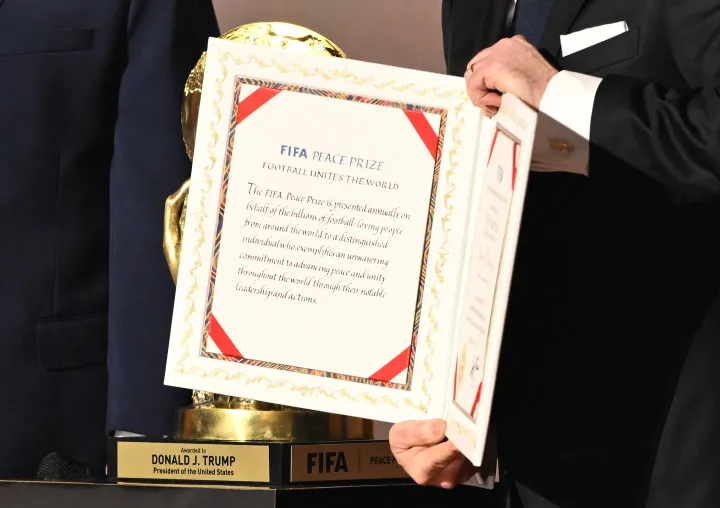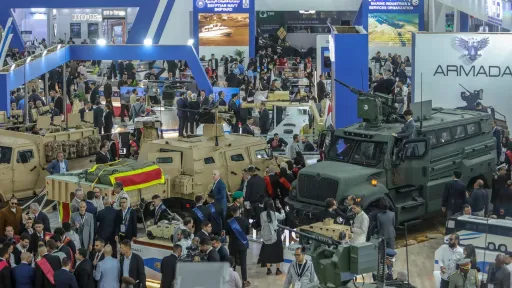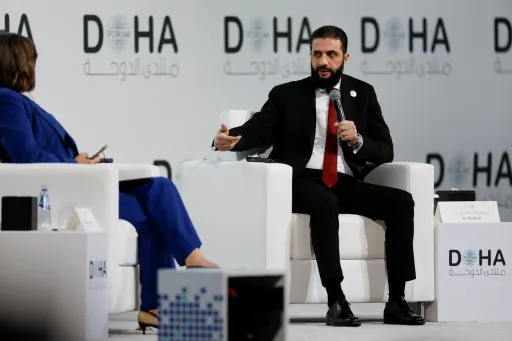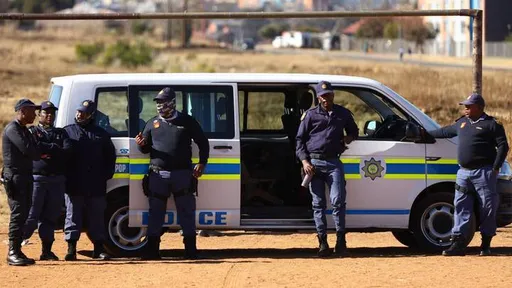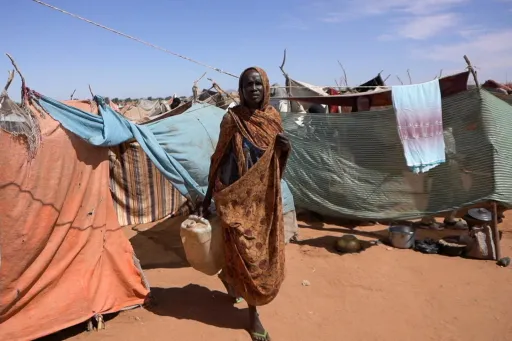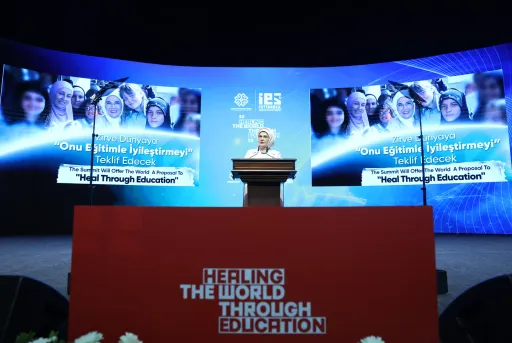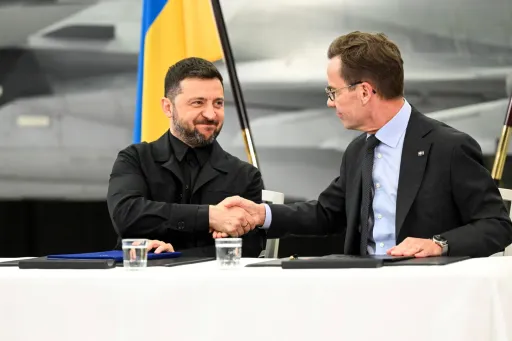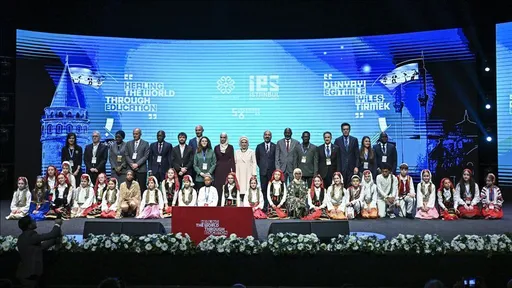When we talk about the similarities between the two apartheid regimes, the first striking detail is the year 1948—that year marked a turning point for both cases. In South Africa, apartheid was institutionalized after the National Party came to power in 1948. In Palestine, the establishment of Israel in the same year set in motion the Nakba — the mass expulsion and dispossession of Palestinians.
Just as the white minority in South Africa built a racial hierarchy to dominate the Black majority, Israel has created an ethno-national hierarchy in which Jewish citizens dominate Palestinians. Both regimes were structured as settler-colonial projects built on land seizure, territorial control, and the exclusion of the native population.
Settler-colonial projects
Another striking similarity is the way both groups of settlers—white South Africans and Jewish Israelis—have seen themselves as carrying out a “civilizing mission” supported by Western powers. In both cases, resistance was branded as “barbarism” or “terrorism.” Today, Palestinian resistance, particularly Hamas, is often delegitimized in similar terms, wrapped up in the language of “terrorism” and Islamophobia.
Both regimes also enshrined discrimination through law. South Africa’s apartheid laws codified dispossession, racial segregation, pass laws, and the denial of citizenship rights. Israel, too, has built a legal system privileging Jews in matters of citizenship, property, and freedom of movement. This legal order has been extended across the territories Israel has occupied since 1967—the West Bank, Gaza, and East Jerusalem. The 2018 Nation-State Law further entrenched this system, defining Israel as the state of the Jewish people alone and granting the right to self-determination exclusively to Jews.
Both systems fragmented the population into isolated zones. In South Africa, Bantustans were carved out—poor, unviable areas where Black people were confined, requiring permits to enter white areas for work. Palestinians, too, live in separated enclaves: West Bank zones A, B, and C; Gaza under siege; and East Jerusalem under strict controls. The checkpoints, closures, and permit systems have effectively turned occupied Palestine into a patchwork of de facto Bantustans.
On the international stage, the parallels continue. Between 1948 and 1994, apartheid South Africa was a Western ally during the Cold War. Since its creation, Israel has served as the West’s outpost and regional enforcer in the Middle East. Crucially, Israel also supported apartheid South Africa—training its military, supplying arms, assisting its nuclear program, and providing intelligence.
Crucial differences
Yet, despite all these similarities, there are crucial differences that make Israel’s apartheid even harsher in some respects.
For one, South Africa’s Bantustans were at least designed to look like coherent territories, while Palestinian lands are far more fragmented—Gaza, East Jerusalem, and scattered pieces of the West Bank. Secondly, South Africa relied on Black labor for its mines, farms, and industries, creating an economic dependency. Israel, however, has consistently avoided such dependency. Its aim has not been to exploit Palestinian labor, but to exclude Palestinians altogether—through expulsion, denial of return, and demographic engineering. This logic underpins the ongoing devastation in Gaza, which many observers call genocidal.
Instead of relying on Palestinian workers, Israel has long prioritized Jewish labor and imported migrant workers from countries like Thailand, the Philippines, and, more recently, India and Malawi. Since October 7, 2023, Israel has even signed new labor agreements with countries like Sri Lanka and India to replace Palestinian labor. In short, Palestinians are treated not as an exploited workforce but as a “demographic threat” to be removed.
This has left the Palestinian economy in dire straits. Already heavily dependent on foreign aid, Palestine has not controlled its own customs revenues since the 1994 Paris Protocol, which placed them under Israeli control. After October 7, Israel froze transfers of these revenues, crippling the Palestinian Authority and cutting salaries for public workers in Gaza—pushing poverty and hunger to extreme levels.
Harsher apartheid
Another key difference lies in geography. Bantustans, while poor and segregated, were at least permeable. Gaza, on the other hand, has been under total blockade since 2007, cut off from the outside world. Whereas South Africa’s Bantustans were still accessible to international aid, Gaza has faced a brutal siege where even food, medicine, and electricity were restricted. Israeli offensives in 2008, 2012, 2014, 2021, and 2023 have left Gaza in a permanent state of war, enduring destruction on a scale the Bantustans never experienced.
Since October 7, 2023, the situation has deteriorated further. Israel has blocked aid convoys, seized humanitarian ships, detained international activists, and even weaponized aid distribution itself—using it not to alleviate suffering but to gather Palestinians in groups and then target them with fire. Humanitarian aid, in this sense, became yet another instrument of domination.
Finally, unlike South Africa’s African National Congress (ANC), which maintained a broad liberation vision, the PLO gradually accepted territorial compromise, paving the way for the Oslo Accords. Edward Said famously called Oslo “the Palestinian Versailles.” It fragmented the West Bank into Areas A, B, and C, giving the illusion of Palestinian self-rule while leaving Israel in ultimate control. Israeli settlements have only expanded since. In effect, Palestinian autonomy exists on paper but is constrained by Israeli approval at every turn.
Taken together, these differences make Israel’s version of apartheid not only more exclusionary but also harsher and more complex than South Africa’s ever was.
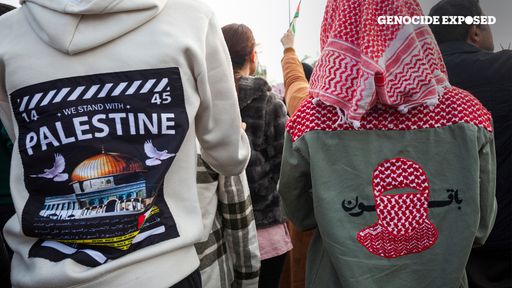
The author, Assoc Prof. Fatma Sarıaslan is an Assistant Professor at the Faculty of Political Science at Istanbul Medeniyet University, in Türkiye. She specializes in Turkish Foreign Policy, Türkiye-Middle East Relations and Islamophobia. She served as an expert in the Ministry of Trade for fifteen years and began her full-time academic career in 2018.
Disclaimer: The views expressed by the author do not necessarily reflect the opinions, viewpoints and editorial policies of TRT Afrika.


